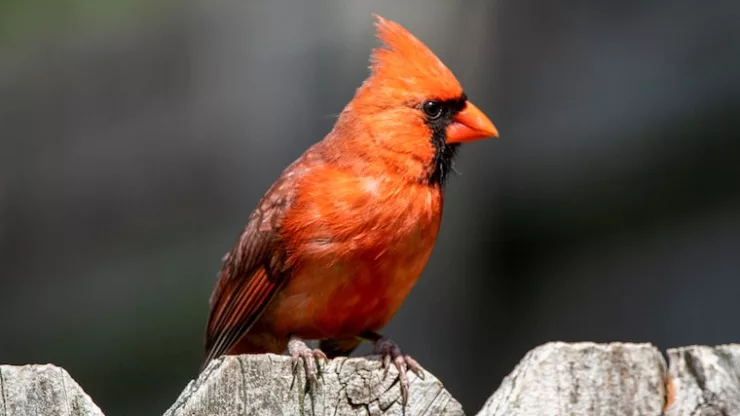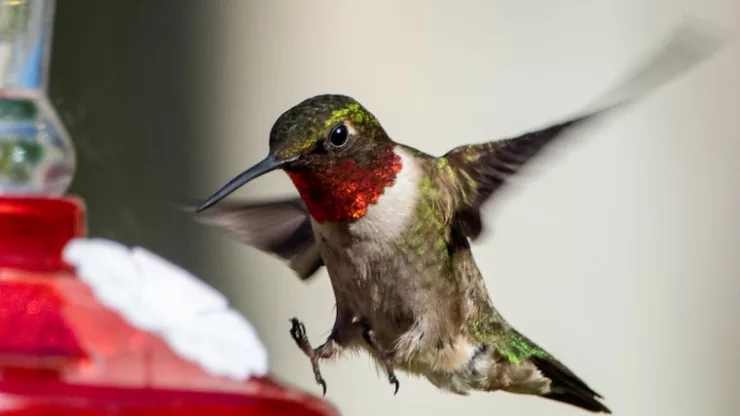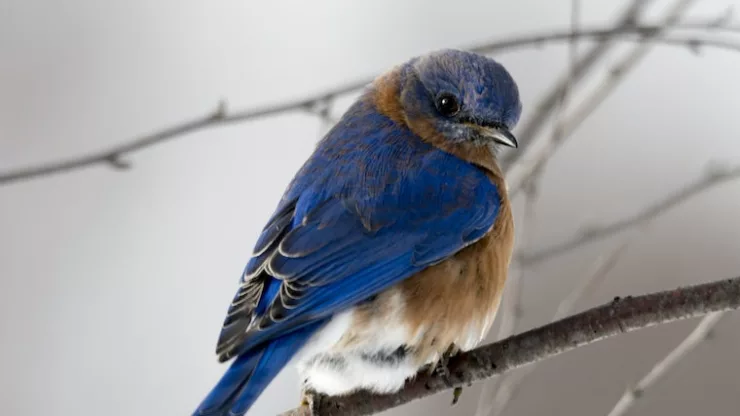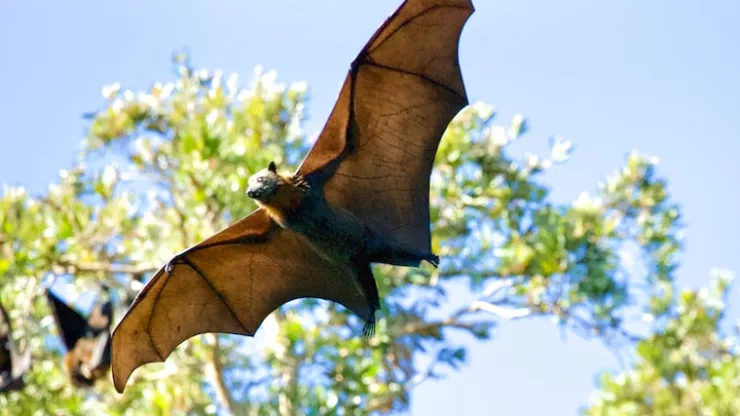Jump to Section
Introduction: The Magic of Urban Wildlife Sanctuaries
Urbanization has often led to a decline in natural habitats for many species of wildlife.
However, your own backyard can serve as a haven for birds, insects, and other small animals.
With a little effort and creativity, you can transform your outdoor space into a thriving urban wildlife sanctuary.
In this comprehensive guide, we’ll delve into backyard birding and beyond, providing you with practical tips and insights to create a flourishing ecosystem right outside your door.
Backyard Birding and Beyond: Tips for Creating a Thriving Urban Wildlife Sanctuary
Backyard Birding Basics
- Get to Know Your Feathered Friends: Research the local bird species in your area to better understand their needs and preferences.
- Provide Food, Water, and Shelter: Set up bird feeders, birdbaths, and nesting boxes to encourage birds to make your backyard their home.
- Create a Bird-Friendly Landscape: Plant native trees, shrubs, and flowers that provide food and shelter for birds and other wildlife.
Beyond Birds: Welcoming Other Wildlife
- Attract Pollinators with Native Plants: Plant a variety of native flowers to encourage pollinators like bees, butterflies, and hummingbirds to visit your backyard.
- Create Habitat for Small Mammals and Reptiles: Add brush piles, rock walls, and other features to provide shelter for small mammals and reptiles.
- Install a Pond or Water Feature: A small pond or water feature can attract frogs, toads, and other aquatic wildlife to your urban sanctuary.
Eco-Friendly Practices for a Thriving Sanctuary
- Practice Organic Gardening: Avoid the use of pesticides and chemical fertilizers to maintain a healthy ecosystem for your backyard wildlife.
- Conserve Water: Implement water-saving techniques, such as rain barrels and drip irrigation, to reduce your environmental footprint.
The Benefits of a Thriving Urban Wildlife Sanctuary
Environmental Benefits
- Biodiversity: Creating a wildlife sanctuary in your backyard promotes biodiversity and helps support local ecosystems.
- Pollination: Attracting pollinators to your backyard aids in the pollination of plants, which is essential for our food supply.
Personal Benefits
- Educational Opportunities: Observing wildlife in your backyard offers educational opportunities for both children and adults.
- Stress Relief and Mental Well-being: Spending time in a natural environment has been proven to reduce stress and improve mental well-being.
Conclusion: The Rewards of Backyard Birding and Beyond
Creating a thriving urban wildlife sanctuary in your backyard not only benefits the environment but also offers personal rewards.
From supporting local ecosystems and pollination to providing educational opportunities and promoting well-being, backyard birding and beyond is an enriching hobby for nature lovers of all ages.
With our comprehensive guide, you’re well on your way to transforming your outdoor space into a haven for birds, insects, and other small animals. So, go ahead and immerse yourself in the wonders of nature right outside your door.
Frequently Asked Questions
- How can I attract more birds to my backyard? Provide a variety of food sources, water, and shelter to meet the needs of different bird species.
- What plants should I choose for my wildlife sanctuary? Opt for native plants that provide food and shelter for your local wildlife, such as berry-producing shrubs, flowers that produce nectar, and trees with seeds or nuts.
- How can I make my backyard safe for wildlife? Avoid using pesticides and chemical fertilizers, keep pets indoors or on a leash, and consider adding safety features like bird-safe window decals to prevent collisions.
- What are the benefits of creating an urban wildlife sanctuary? You’ll be supporting local ecosystems and biodiversity, improving pollination, providing educational opportunities, and experiencing stress relief and improved mental well-being.
- Do I need a large backyard to create a wildlife sanctuary? No, even small outdoor spaces can be transformed into thriving urban wildlife sanctuaries with the right combination of plants, water features, and shelter.
- How can I maintain my wildlife sanctuary? Regularly clean bird feeders and birdbaths, prune plants as needed, and monitor for invasive species or pests that could harm your sanctuary’s inhabitants.
I’m a nature enthusiast and creator of Metro Wilds and have spent years exploring the great outdoors.
With a passion for environmental conservation and sustainability, I have dedicated my career to writing about the beauty and wonders of nature, as well as the threats facing our planet.
Contact me at [email protected] for assistance.





